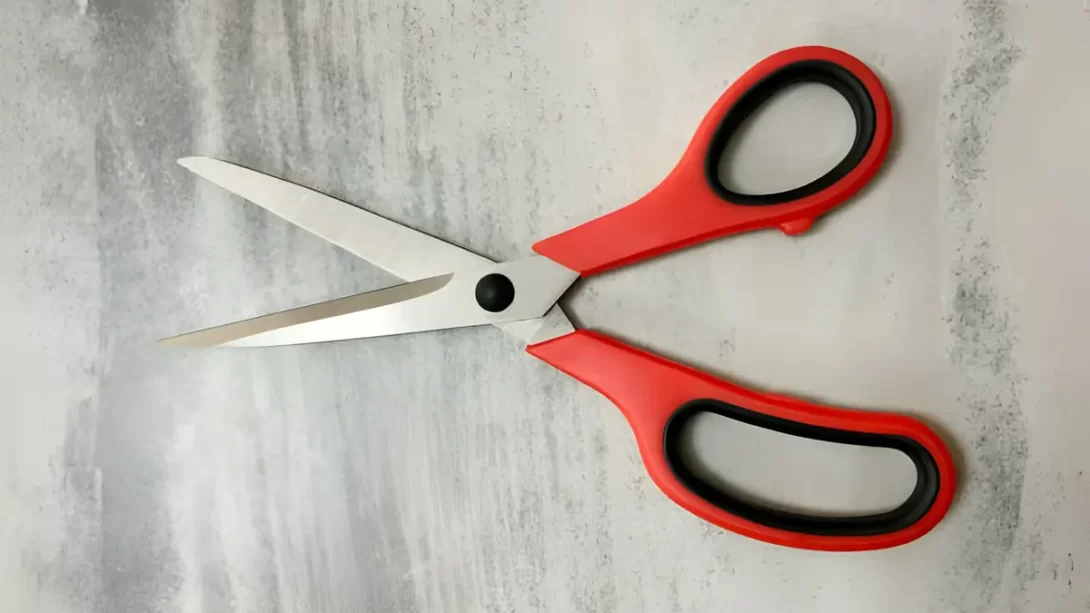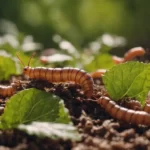In the world of gardening, keeping tools clean and sterile is as crucial as the care we give to our plants. Scissors and pruning shears, commonly used in gardening, can become vectors for transmitting pathogens if not properly sterilized. These pathogens, including various fungi, bacteria, and viruses, can lead to diseases that devastate plants and compromise garden health.
Sterilization
Sterilization involves eliminating all forms of microorganisms from a surface, making it free from potential pathogens. It’s important to distinguish between cleaning and sterilizing. While cleaning removes visible soil and debris, sterilization goes further to destroy microorganisms. This process is especially vital for removing fungi, bacteria, and viruses that can cause plant diseases. Regular sterilization of gardening scissors ensures healthy plant growth and prevents the spread of infections.
When to Sterilize Scissors
Sterilizing your gardening scissors should be a regular practice. It’s particularly important to sterilize before the first use, as new tools can have residues or contaminants from the manufacturing process. Additionally, sterilize scissors between cutting different plants to prevent cross-contamination. After dealing with diseased plants, immediate sterilization is crucial to prevent spreading the disease to healthy plants. Regular maintenance sterilization, even when not dealing with visibly diseased plants, is also a good gardening practice to adopt.
Methods of Sterilization
Several effective methods can be used to sterilize gardening scissors, each with its own set of steps and precautions.
- Boiling Water Method: This is a simple and effective way to sterilize. Submerging the scissors in boiling water for a few minutes kills most pathogens.
- Bleach Solution Method: A solution of one part bleach to nine parts water is a commonly used disinfectant. This method is effective against a wide range of pathogens.
- Alcohol (Isopropyl or Ethanol) Method: Wiping the scissors with a cloth soaked in 70% isopropyl alcohol or ethanol can effectively sterilize them. This method is quick and convenient.
- Commercial Disinfectants: There are various commercial products available specifically for sterilizing gardening tools. These are formulated to be effective against a wide range of pathogens.
Step-by-Step Guide to Each Sterilization Method
- Boiling Water Method
- Boil water in a large pot.
- Submerge the scissors entirely in boiling water.
- Leave them submerged for at least 5 minutes.
- Carefully remove and allow them to cool before handling.
- Bleach Solution Method
- Mix one part bleach with nine parts water.
- Soak the scissors in the solution for about 30 minutes.
- Rinse thoroughly with clean water.
- Dry completely to avoid rusting.
- Alcohol Method
- Use 70% isopropyl alcohol or ethanol.
- Soak a clean cloth with the alcohol.
- Wipe the blades and handles thoroughly.
- Allow the scissors to air dry.
- Commercial Disinfectants
- Choose a disinfectant designed for gardening tools.
- Follow the manufacturer’s instructions for application.
- Ensure the scissors are thoroughly coated.
- Allow to dry as instructed, usually air drying.
Post-Sterilization Care
After sterilizing your gardening scissors, proper post-sterilization care is essential to maintain their condition and effectiveness.
- Drying the Scissors Properly: After sterilization, especially with methods involving liquids, ensure the scissors are completely dry. This step is crucial to prevent rust and corrosion, which can damage the tool. Use a clean, dry cloth to gently pat dry, or allow them to air dry in a well-ventilated area.
- Oiling the Scissors to Prevent Rust: Applying a light coat of oil, such as mineral oil or a specific tool oil, can help protect the scissors from rust. Focus on the blades and moving parts. This not only prevents rust but also ensures smooth operation.
- Safe Storage Practices: Store your sterilized and oiled scissors in a dry, clean place. Keeping them in a protective sheath or case can prevent accidental injuries and protect the blades from environmental factors.
Conclusion
Sterilizing your gardening scissors is a simple yet vital practice for maintaining plant health and garden hygiene. Regular sterilization, coupled with proper care and storage, extends the life of your tools and helps prevent the spread of plant diseases. By incorporating these practices into your gardening routine, you ensure a healthier, more productive garden. Remember, the health of your garden is often in the small details, like keeping your tools clean and sterile.



